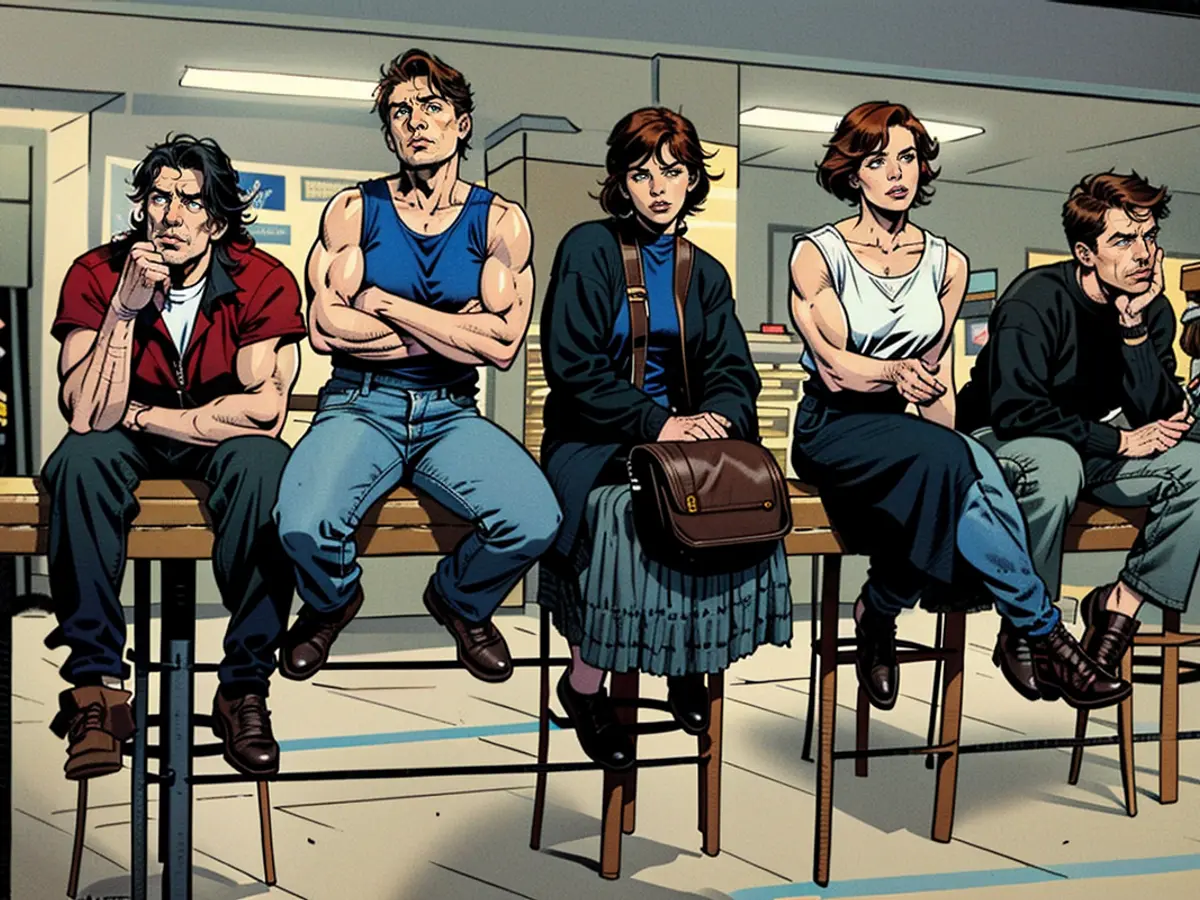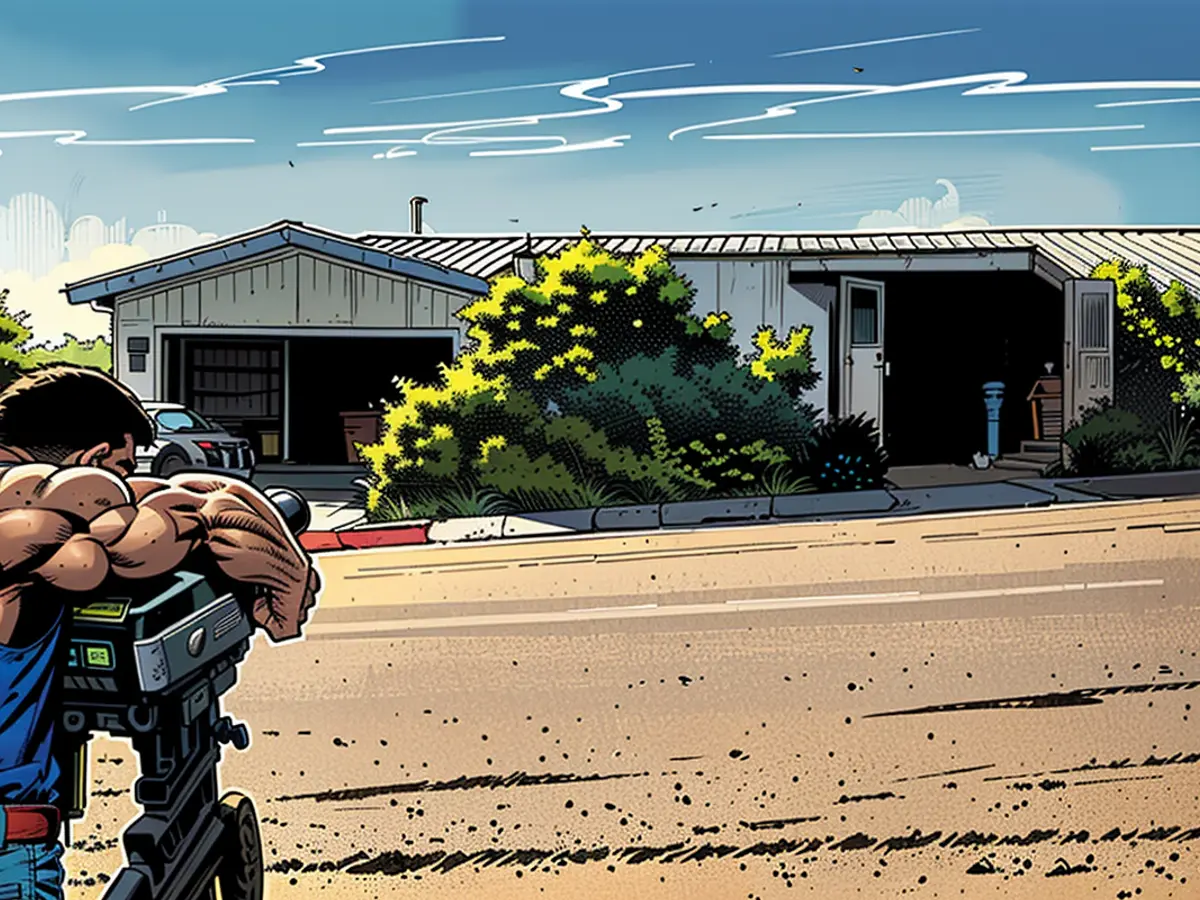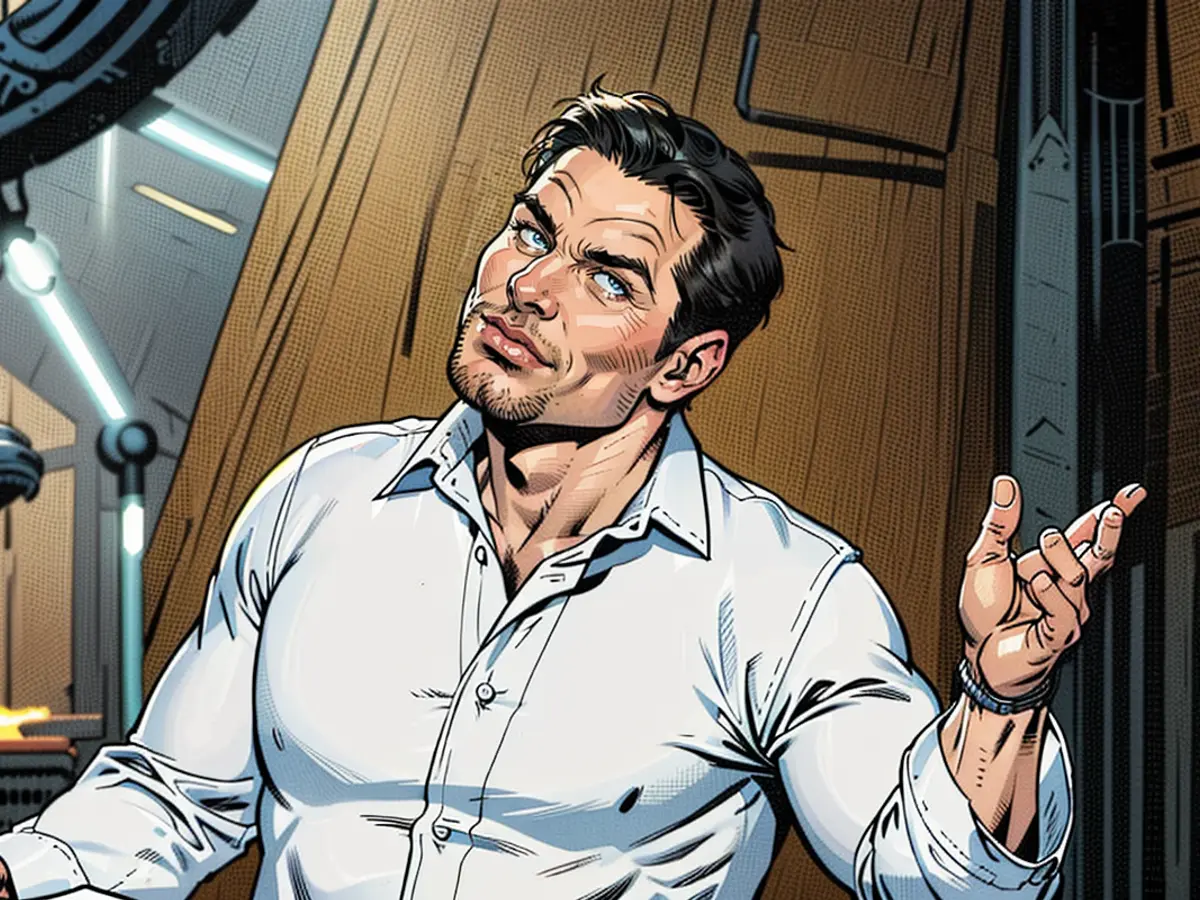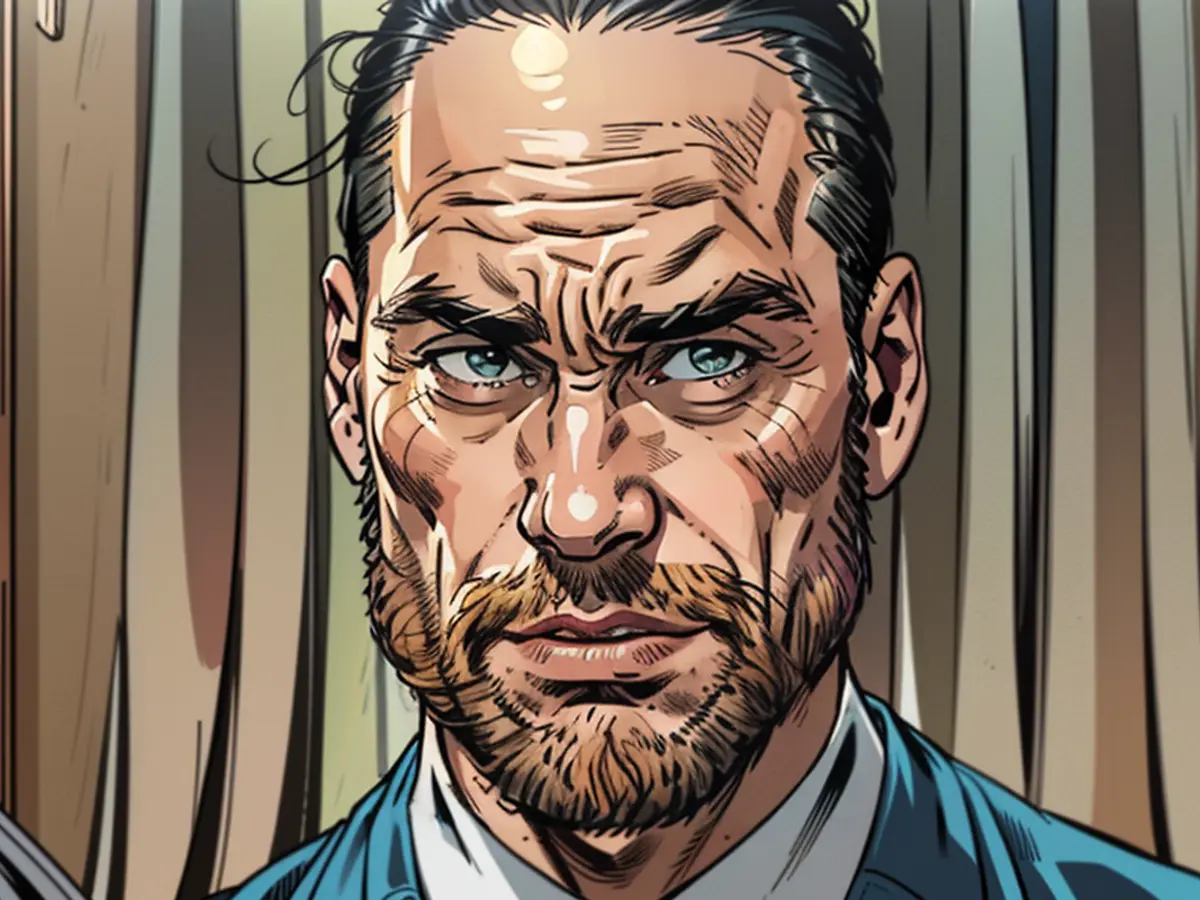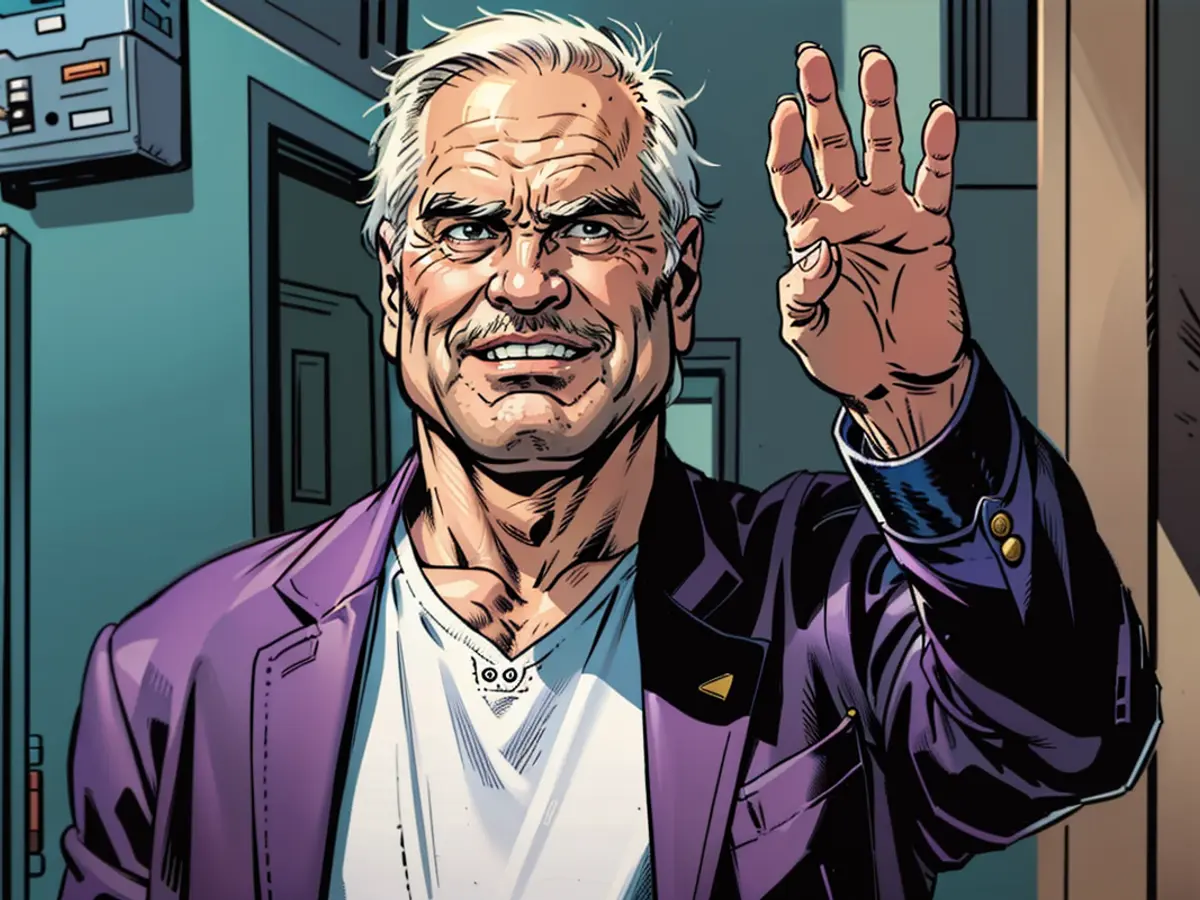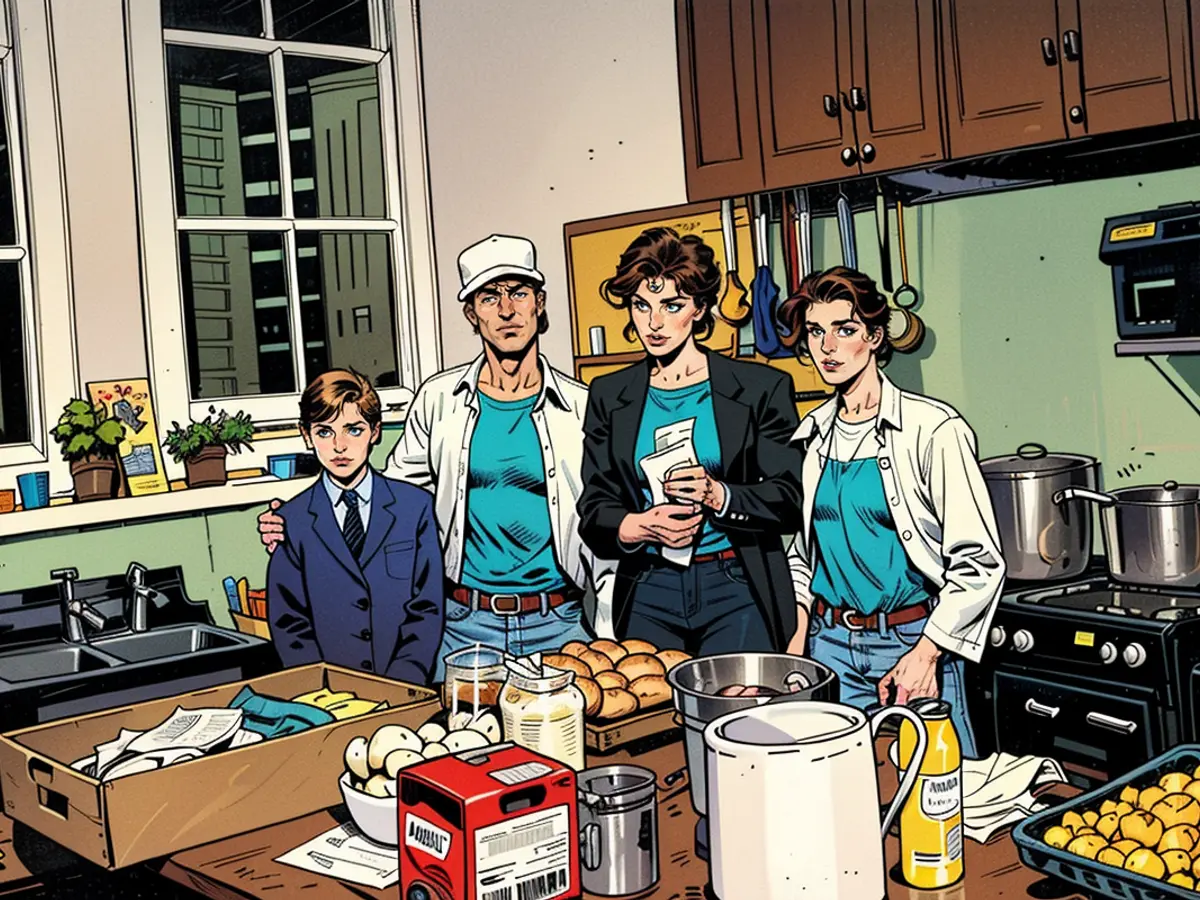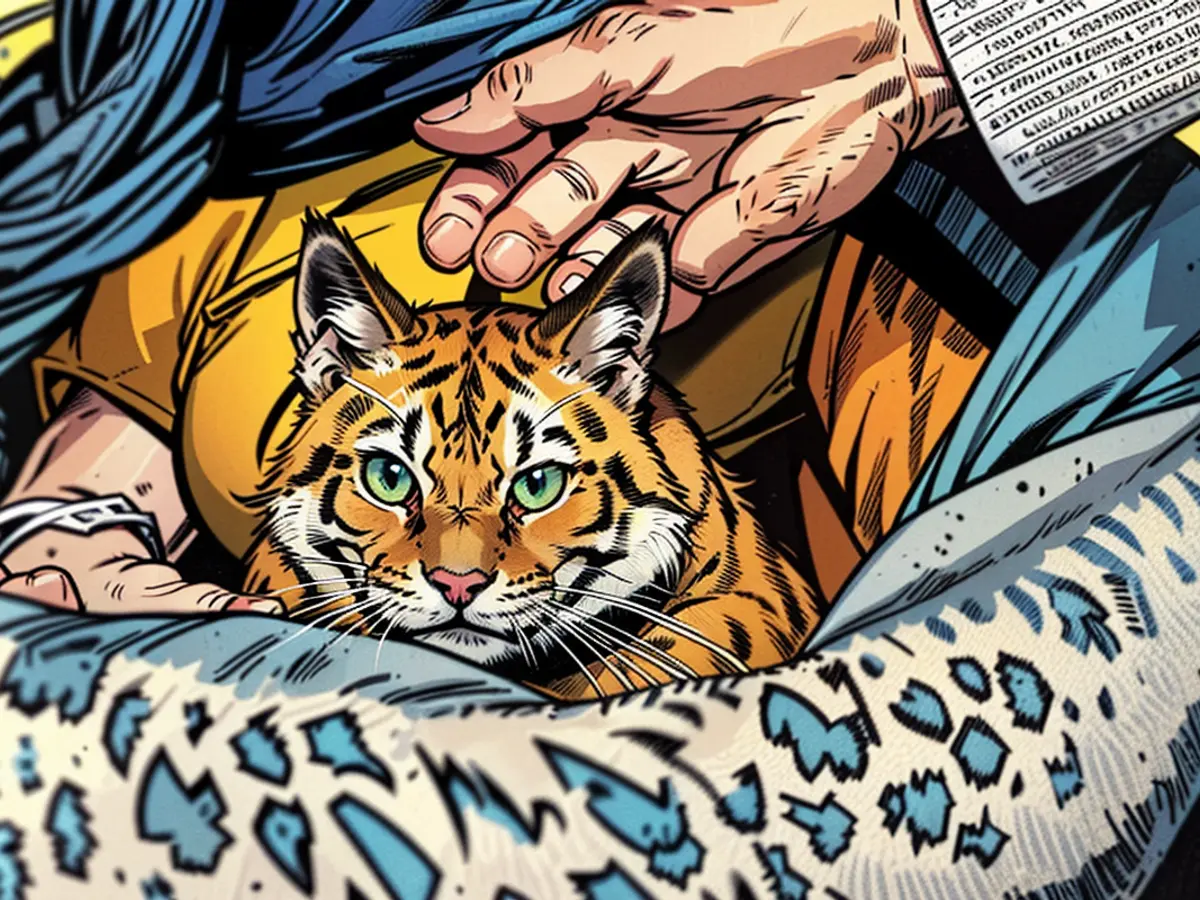A recently released film explores the Brat Pack from the '80s, providing a nostalgic journey into my teen years.
I'm not a famous actor, and I don't know anyone in the film industry, but I've thoroughly searched the internet for more information about the upcoming documentary about the "Brat Pack" from the 1980s. This group of young stars made movies during an influential period in my life when I transitioned from childhood to adolescence and grew more interested in boys.
Molly Ringwald, Emilio Estevez, Rob Lowe, Judd Nelson, Ally Sheedy, Demi Moore, Anthony Michael Hall, and McCarthy himself were some of the main cast members of the "Brat Pack," who appeared in films like "The Breakfast Club," "Sixteen Candles," "St. Elmo's Fire," and "Pretty in Pink." McCarthy's upcoming documentary, available on Hulu starting today, delves into the lives of these actors today. Although it's not about me personally, it looks like the film features many of the same memories and music from my teenage years.
Surface-level, "Brats" revolves around the Hollywood stars we '80s kids adored and couldn't get enough of (and how they didn't care for the "Brat Pack" label). However, it also seems to touch on more profound themes, like the passage of time, the unpredictability of fate, and how labels can profoundly impact lives.
Growing up on Long Island, I was about to join the teenage world when I first encountered these actors. Every morning, I awoke to my radio playing Top 40 or New Wave. I devoured "Seventeen" magazine and spent many days browsing the mall's movie trailers. One of the first movies starring some of the Brat Pack was 1983's "The Outsiders," a drama depicting rival youth gangs in early-'60s Oklahoma. While it's not technically a Brat Pack movie, it featured Rob Lowe and Emilio Estevez, two original group members. My oldest sister, Tricia, loved it, so I did too.
Being too young to see it immediately, I read the book by S.E. Hinton numerous times instead. My tattered, dog-eared paperback copy still bears a faded cover image of actor C. Thomas Howell below which is a tear. "The Outsiders" was set in a distant time period, and many phrases like "greasers" meant nothing to me, but it displayed the same teenage emotions I was experiencing.
In a sleepover at a friend's house, we rewound the VHS tape on their VCR countless times to catch the unscripted moment when Lowe unintentionally exposed himself after a shower. Lowe was older and even more attractive two years later in "St. Elmo's Fire," where he portrayed a recent college graduate.
What attracted me to these movies was the fact that the main characters - high school students, college students, and young professionals - illustrated a world I had yet to fully discover. This was the world of my older sisters, and, as any younger sibling will explain, their world is the most crucial.
Just as younger siblings frequently feel nostalgic for their own youth and experiences, I fondly reminisce about the times I observed through my sisters. Any actor, band, or movie my older sisters embraced became addictive for me.
For my sister, Denise, "Pretty in Pink" particularly stood out. She adored the film's vintage clothing, and we often forayed into New York City's Greenwich Village, hunting for 1940s men's suit jackets and vintage jeans in shops like Canal Jean Co. and Antique Boutique. We pored over fashion magazines and attempted to replicate the Brat Pack's looks.
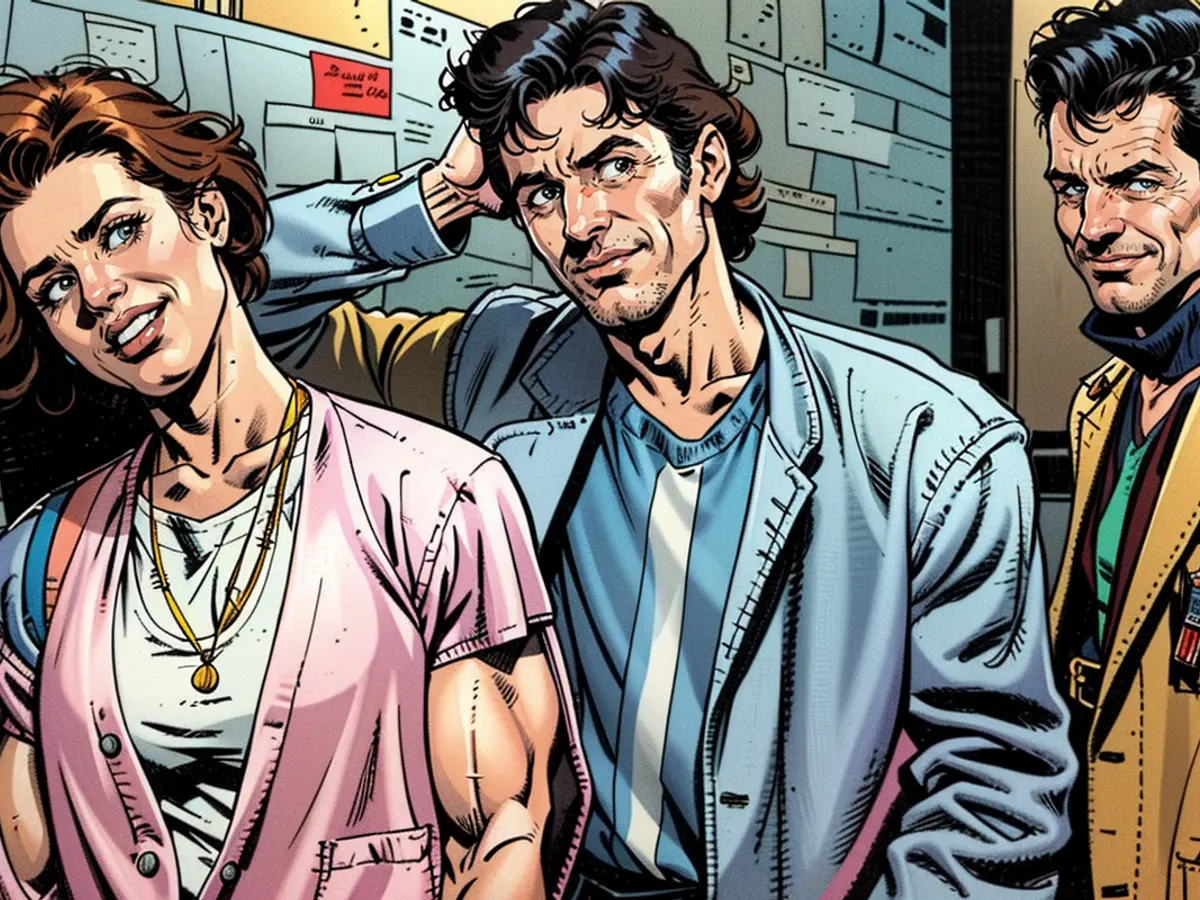
I recently spoke with Denise about the movie, and she reminisced about seeing it countless times in the theater: not just because she found Molly Ringwald "the coolest," but also because back then, going to the movies was a highly favored pastime among teens.
As we played Denise's "Pretty in Pink" soundtrack cassette on repeat in our home, I remember cranking up "If You Leave" by OMD, relishing how it perfectly expressed the heartache I felt when falling for someone. My teenage experiences stir memories of music that still resonates with me today, and my old 1980s scrapbook contains pictures of bands I liked, including New Order, INXS, and the Psychedelic Furs, who produced "Pretty in Pink's" iconic theme song.
I was captivated by Demi Moore's witty character, Jules, in "St. Elmo's Fire," who would sarcastically remark with a weary, smoky voice. This was the kind of woman I desired to emulate (even though the scenes of her breakdown after locking herself in her apartment didn't align with my naturally perky disposition).
The Brat Pack emerged as prospective inspirations for me. This was largely because some of the films were crafted and directed by John Hughes, who in the mid-1980s depicted young adult life more authentically than ABC after-school specials or shows like "The Brady Bunch." Critic Roger Ebert once referred to Hughes as "the philosopher of adolescence."
Hughes' characters spoke our lingo and recognized our visual signals. In one scene from "Sixteen Candles," a poster of the band Culture Club decorates the wall. This particularly resonated with me as my sister, Liz, was obsessed with Boy George. In "The Breakfast Club," Hughes investigated how a popular girl like Claire, played by Ringwald, was deemed more significant than other students and how even a character as outwardly rebellious as Judd Nelson's role as John Bender would feel stung by the implied hierarchy.
During the onset of the Brat Pack era, I was attending a public school where I disregarded the diligent students in my Honors class while being too studious for the popular crowd. In my sophomore year, I transferred to a Catholic high school I adored because achieving academically didn't socially isolate you. The most attractive guy in the school served as the Honor Society's president.
However, it was in a wealthier town than mine, and some of the preppy kids were wealthy and obnoxious like James Spader's character in "Pretty in Pink."
Shortly after enrolling, I tapped a perfectly toned blonde at math class to inquire about a question. I'd noticed her uniform skirt fit her flawlessly, form-fitting and accentuating her trim figure while mine was bulky, ill-fitting, and unattractive. Her family must have hired a seamstress to tailor the skirt. She turned around, appraised my teased bangs — I hadn't yet adopted the popular preppy bob prevalent at the school — and then turned away without uttering a word. I was beneath her.
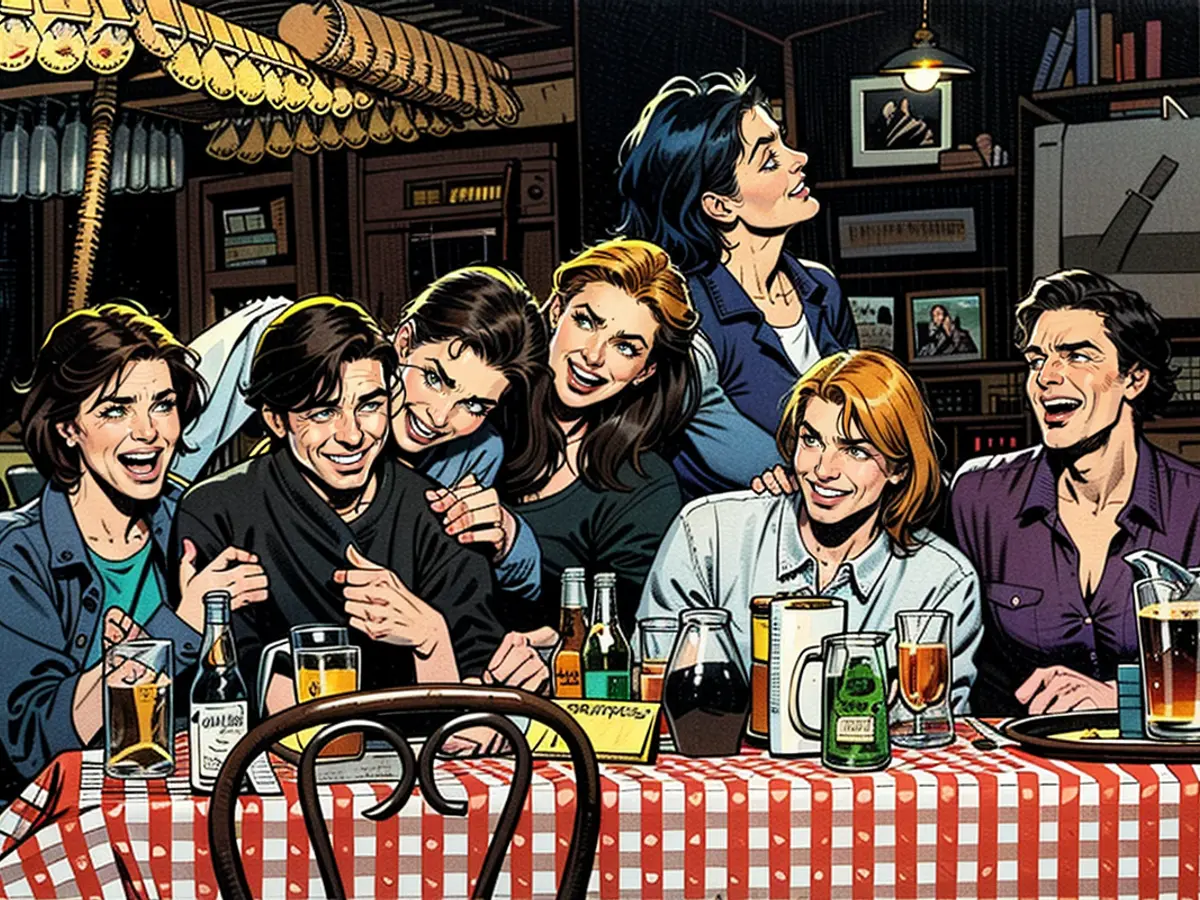
Now, over forty years later, I can acknowledge that some Brat Pack films surpass others in longevity. For instance, "The Breakfast Club" possesses a worthy rank in the National Film Registry, which honors films with cultural worth.
However, the acting and scenes in "St. Elmo's Fire" seem trite today (Remember Rob Lowe's character climbing onto the roof with his saxophone?). Additionally, "Sixteen Candles," despite endearing moments, was prejudiced and sexist. The solitary non-White character, Long Duk Dong, an offensive representation played for laughs, and the character portrayed by Anthony Michael Hall was coerced into having sex with an inebriated girl.
Nonetheless, the films' music endures.
The song that concludes "The Breakfast Club" — Simple Minds' “Don’t You (Forget About Me") — continues to encapsulate the wild emotions of that period in my life. It's played as Judd Nelson's rebellious character walks away from school, his fist raised defiantly, moments after Molly Ringwald's princess character gives him one of her diamond earrings.
The dissimilar classmates formed an unexpected connection, and all of us swooned. To this day, I could sleep for a millennium and still awake knowing the lyrics: “As you walk on by, will you call my name?”
The soundtracks from the MTV era elevate these movies beyond moments that have aged unclearly, and my penchant for nostalgia sustains when the music falters. John Parr's "Man in Motion" from "St. Elmo's Fire" might be cheesy, but the excessive sincerity evokes my exuberant enthusiasm for the movie and its stars.
As McCarthy stated in a 2021 memoir that inspired his documentary, "It's not just the work; maybe now more importantly, it is the memory of the work that's so precious to people." The films were released in that era when the future was a tabula rasa, when anything seemed feasible.
Now, he's made a documentary I must watch because he's researched not only his remote past but a piece of mine as well.
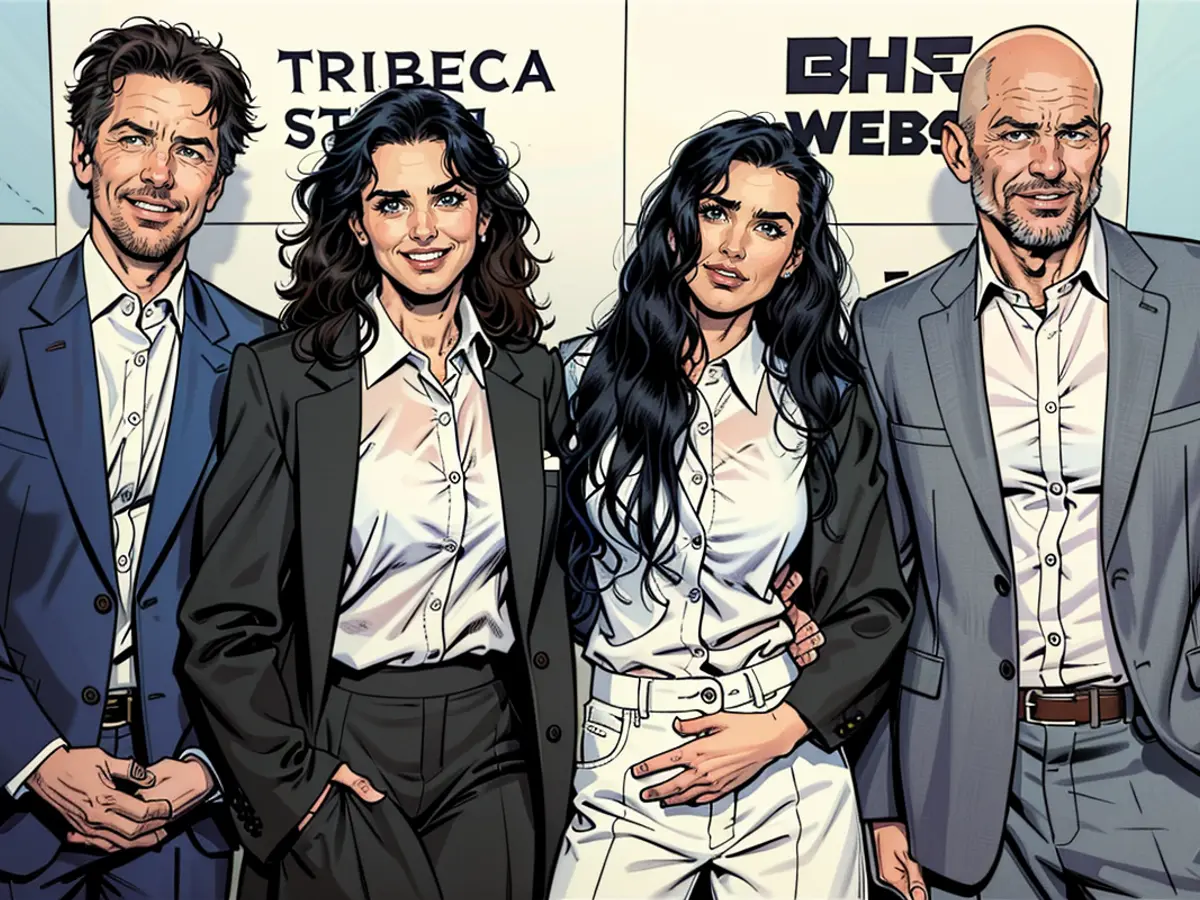
I eagerly anticipate discovering what he uncovered about a moment we shared through the silver screen and its significance — if it truly mattered. Actually, neglect that last part. It certainly mattered.
Read also:
This documentary on the Brat Pack offers a trip down memory lane, reminding me of the music and movies that shaped my teenage years. (entertainment)Although not in the documentary, my sister and I shared a fondness for the Brat Pack, often emulating their styles and watching their films on repeat. (entertainment)
